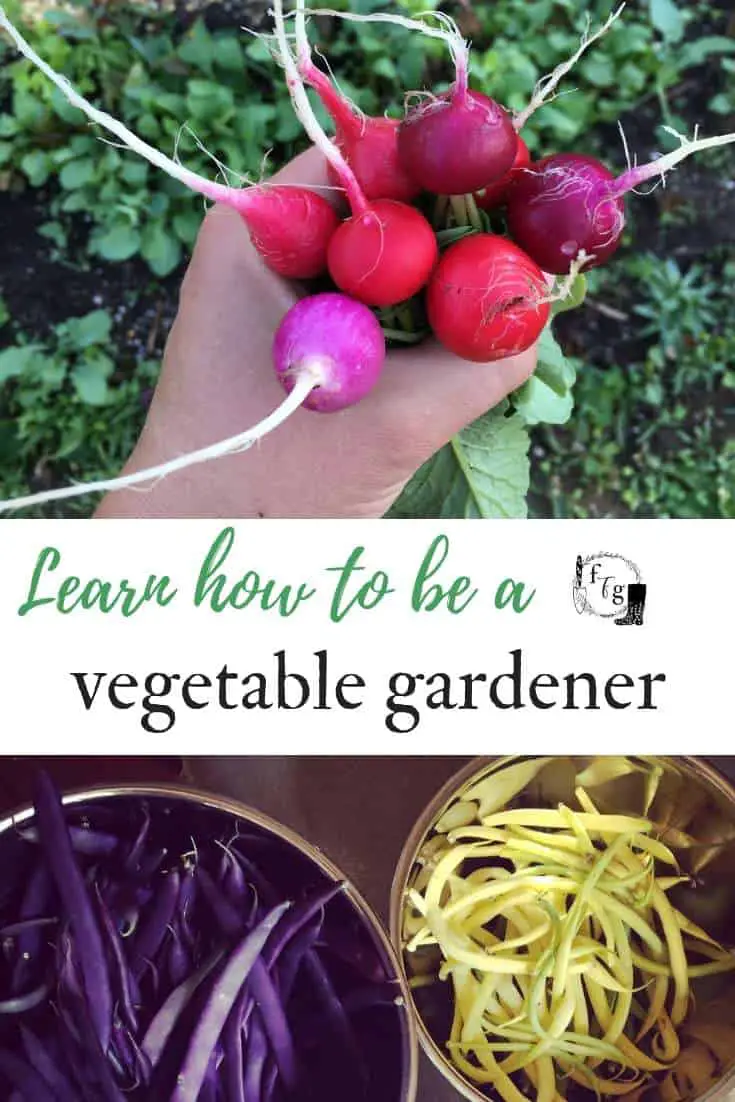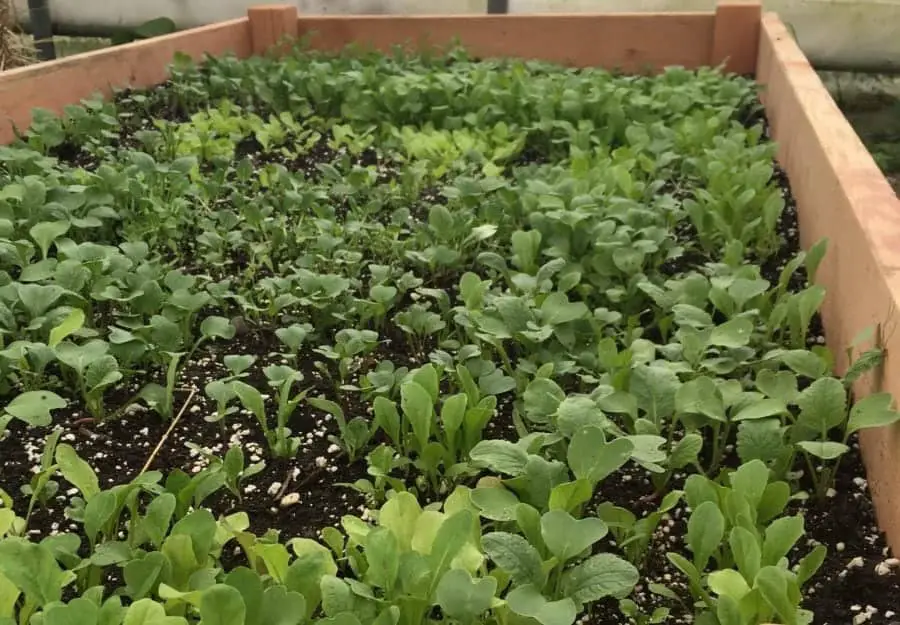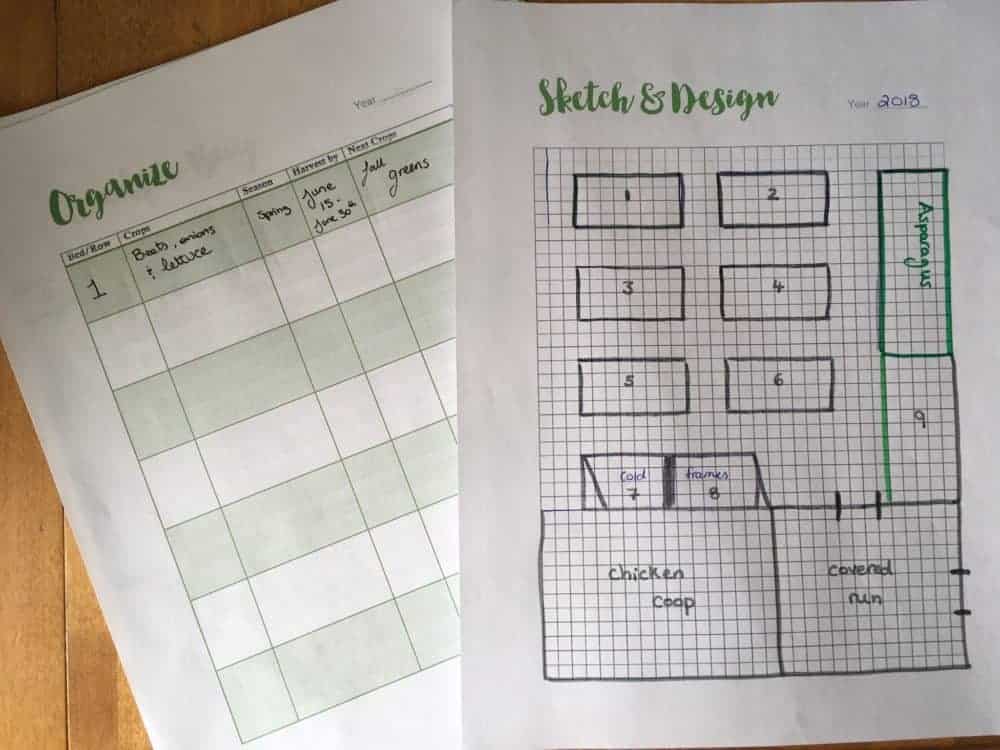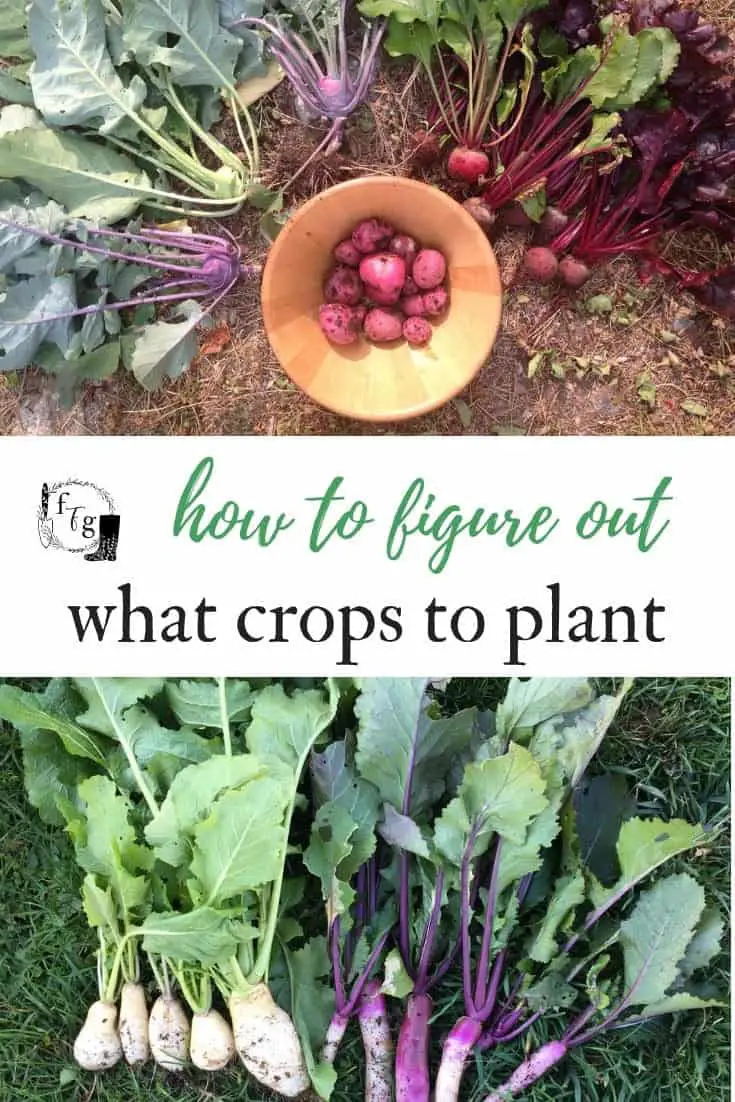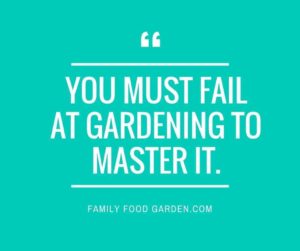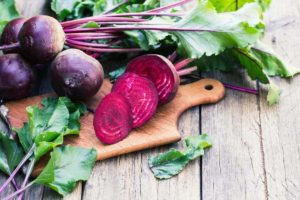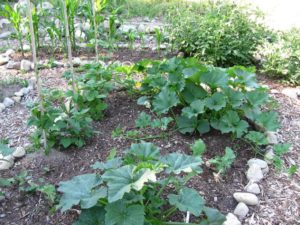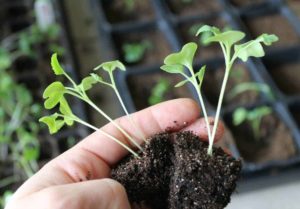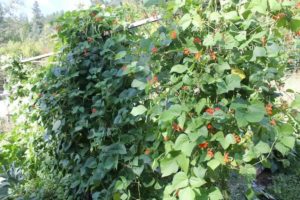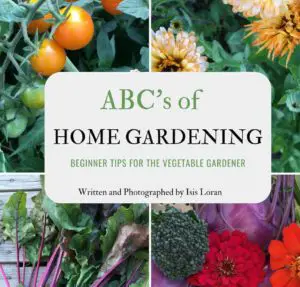A starter garden for beginners needs to be easy.
After all, you’re learning something new. Gardening isn’t as easy as placing seeds in the ground. There are many things that you need to learn once you start your first garden.
Common Beginner Gardening Questions
- Where shall I put my garden?
- Shall I grow in containers? Raised beds? What do I have the space for?
- Can I grow anything I want to? How do I choose crops for my location?
- Are there easier crops to start with? What’s too hard to grow for a beginner?
- How to I plant my seeds? Do I need to start them indoors or can I plant them outside?
- When can I plant my garden? Do I have to wait until after the frost?
I will answer all these questions in this free starter garden guide!
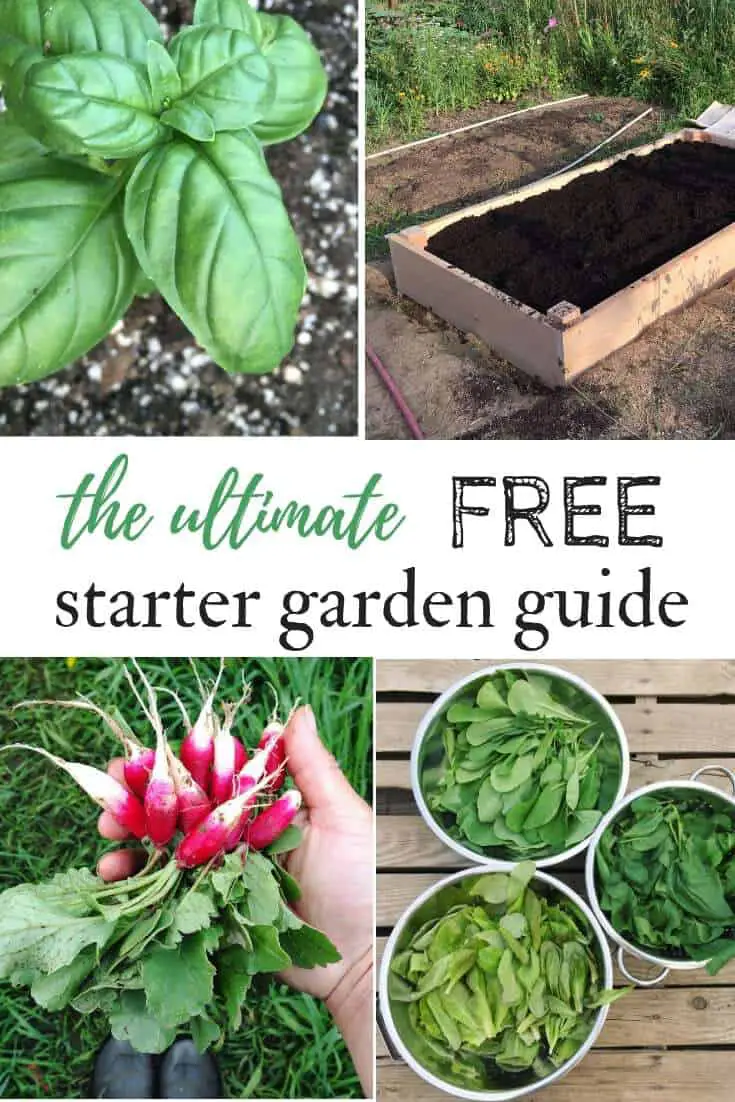
Tips on Gardening for Beginners
Here are some of my best gardening tips for beginners.
Plan your Garden
One of the first things you’ll need to do before buying seeds or planting anything is to figure out where to put your garden. If you live somewhere that already has a garden in place, skip ahead! If not we’ll talk about where to put your garden.
Your garden will need 6-8 hours of sunshine a day. Although there are crops that can handle partial shade like greens, the general rule of thumb is that 8 hours a day for most crops is the best spot. You’ll want to ‘sun map’ your garden, basically observe how much sunlight your backyard or balcony gets. Notice things like shadows from trees or buildings.
If you’re tight on space container gardening works great too!
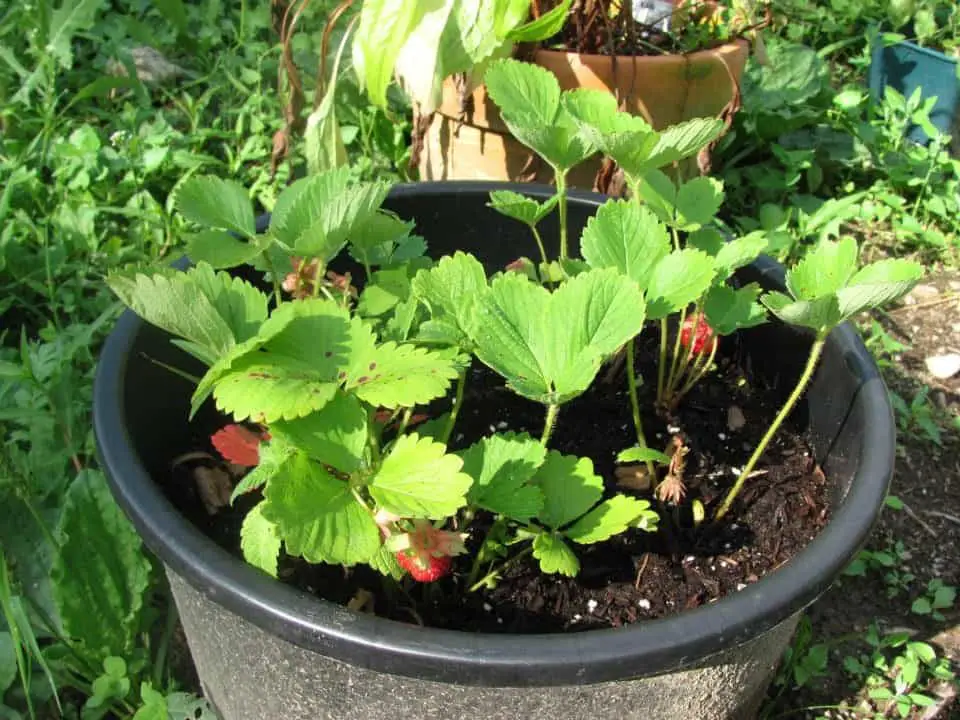
More posts on where to put your garden:
- Planning & Designing the Family Food Garden (my garden planning eBook and bonus printable planting guide)
- How to Start a Food Garden (goes into more details of where to put your garden)
- 10 Beginner Gardening Tips
Choosing What Plants to Grow
This can sometimes be easy for a beginner gardener to figure out or challenging. One big factor is your climate. The first thing you need to do before you choose what to grow, is what can you grow in your location?
Before you make a plant list, find out your growing zone.
Your hardiness/growing zone tells you how many frost-free months (if any) you have in a year to grow food. Although some crops can handle frosts, warm season crops need to be grown in the summer months. Your growing zone might have other challenges such as having to choose drought tolerant crops.
After your know your growing zone, you know how many months you have to grow. 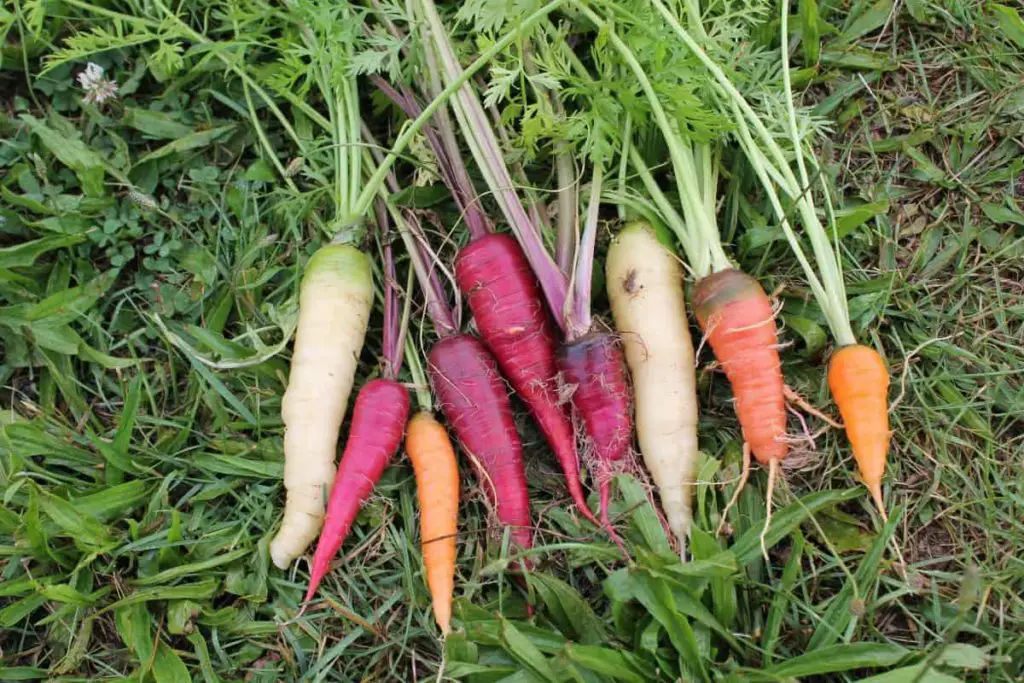
Now you can choose your crops!
One of the most obvious ways to determine what to grow is by selecting what you eat. If you eat a lot of salads, then growing a salad garden full of fresh greens is a good idea (you can grow greens year-round indoor or out!). If you love fresh salsa then you’d want to grow tomatoes, peppers, cilantro and onions for example.
Make a list of what you like to eat, then you want to see how long those crops take to grow.
There are some fast-growing vegetables that are ready to harvest in less than 40 days. Other root vegetables like carrots, parsnips, or certain beets take 80-100 days. You can also harvest certain veggies at the baby stage such as baby turnips or beets. Greens are great because they are ‘come and cut again’, meaning you get multiple harvests from your garden greens from one sowing. Others you wait 60-80 days for one crop such as cabbage or cauliflower. After you harvest you can sow fast growing fall crops or let your garden rest.
A great way to look at how long it takes for crops to grow is looking through seed catalogs.
Many great seed companies offer excellent gardening guides with the plant list.
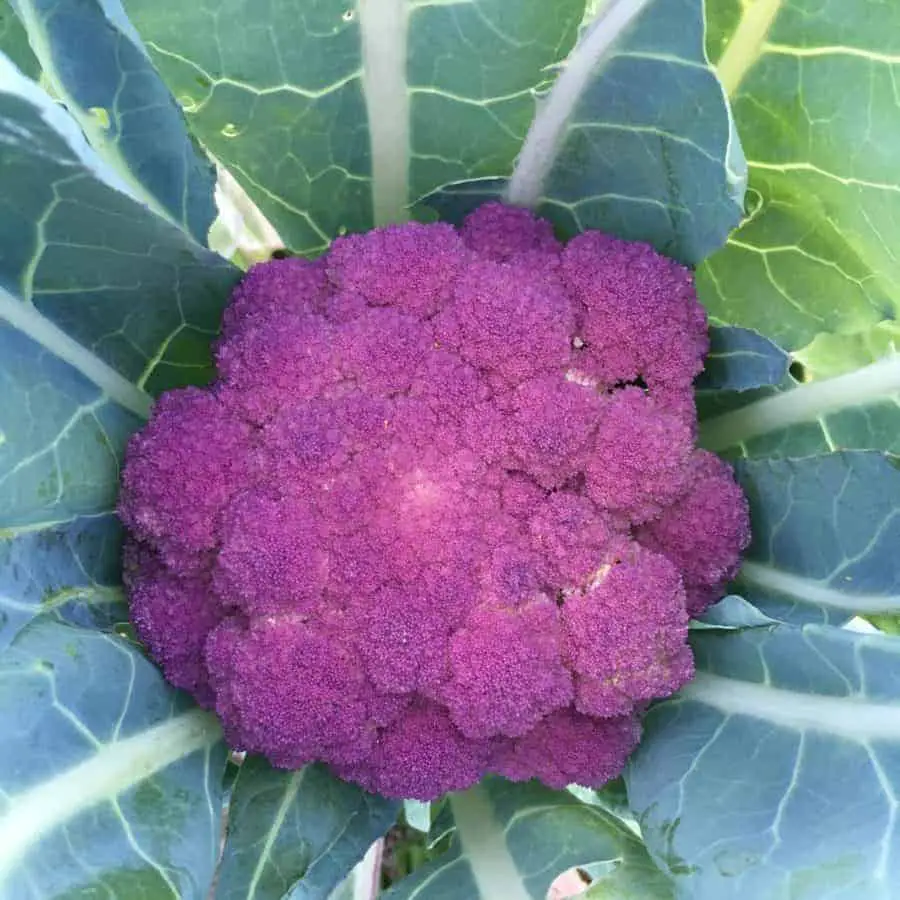
As a beginner I definitely recommend sticking away from the garden to grow crops such as cauliflower.
I also recommend that you try fun and new crops too like purple peas or purple tomatoes. Another way to look at gardening and selecting crops is by the dollar value gained. If carrots take a long time in your garden and they are cheap to buy, consider growing a more expensive crop. Although the fresh taste of any homegrown veggie is better, choosing what’s expensive to buy can be a great way to select crops. Growing herbs is also a great way to get lots of value from your garden space and they taste and smell divine.
I go into a lot of detail of selecting the best crops to grow in my eBook.
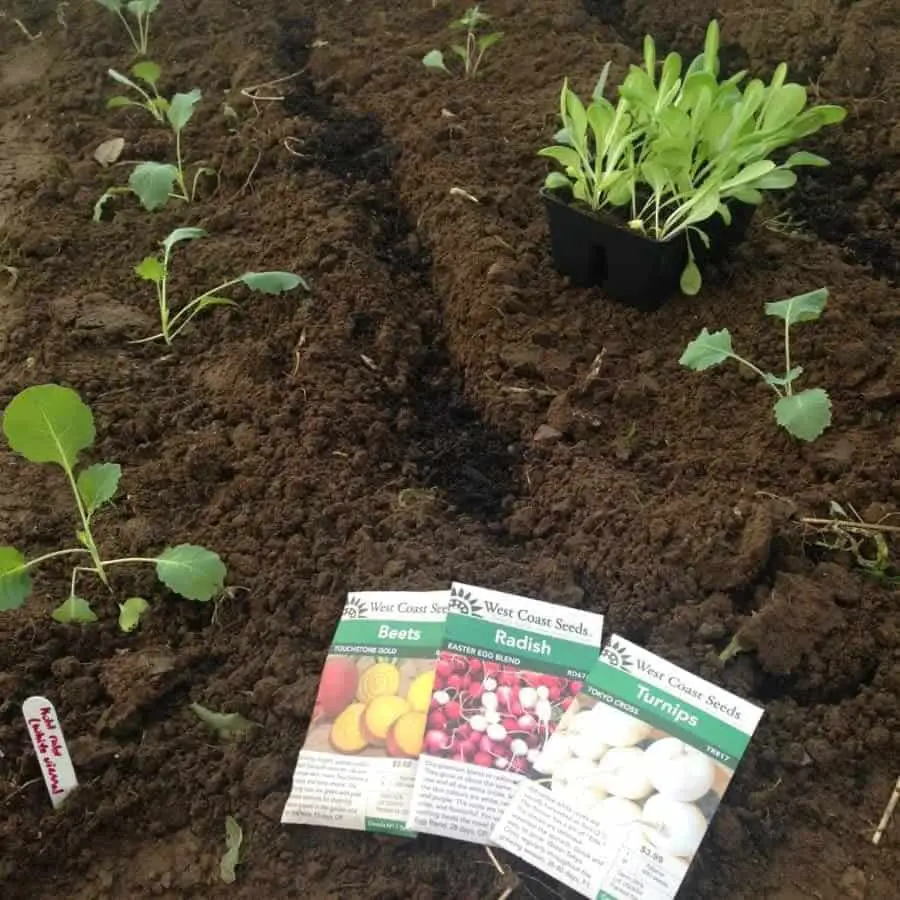
Home Gardening for Beginners
Once you know what crops you’d like to grow, you’ll have two choices: to buy seeds and plant them yourself or to buy plants from a local garden center or nursery.
My first year gardening I tried growing my own seedlings. It was a lot of fun but there were mistakes made. Over time I’ve learned that when starting seeds indoors, there are often casualties so it helps to plant more than you need.
A beginner gardener greatly benefits from buying transplants at a store.
That being said, some of the easiest plants to grow can be directly sown into your garden beds or containers. Here’s some tips on when and how to start your seeds.
- When to Plant Seeds
- Seed Starting Tips
- Grow Lights & Mini Greenhouses for Seed Starting
- Cheap Mini Greenhouse for Seed Starting
- What’s Wrong with my Seedling? Fix Seed Starting Problems
- Growing Herb Plants or Seeds (pros & cons of each)
- Best Seed Starter Pots
Container & Balcony Gardening for Beginners
- Best Ways to Grow Strawberries in Containers
- Productive Balcony Garden for Urban Gardening
- Beautiful Container Herb Gardens
- Grow Potatoes in Containers (Save Space & Increase Yield)
- 20+ Fruits & Vegetables you can Grow in Containers
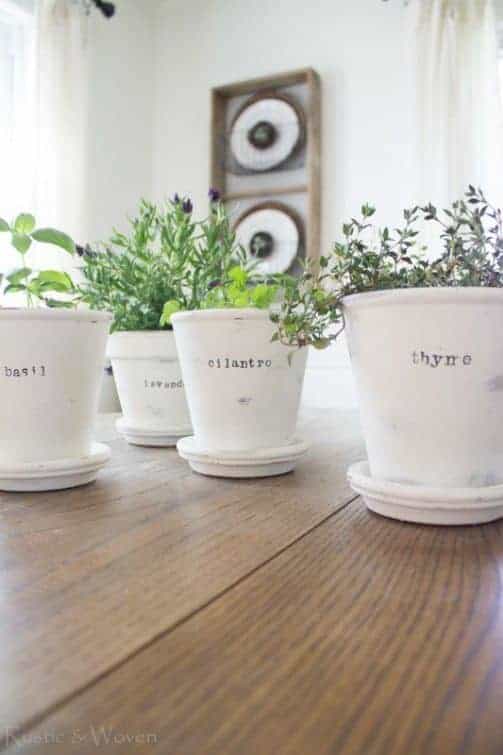
Indoor Gardening for Beginners
Even though we have a large food garden outdoors, we get a few months of snow (although I still use an unheated winter greenhouse). I love growing indoors to offset my gardening restless and to enjoy fresh food close to the kitchen.
- Growing Microgreens Indoors (an easy Superfood)
- Growing Lettuce Indoors
- Grow Micro Herbs for Flavorful Microgreens
- Indoor Herb Garden Kits (a Great Gardener Gift!)
- Fun Spring Garden Projects for Indoor Gardening
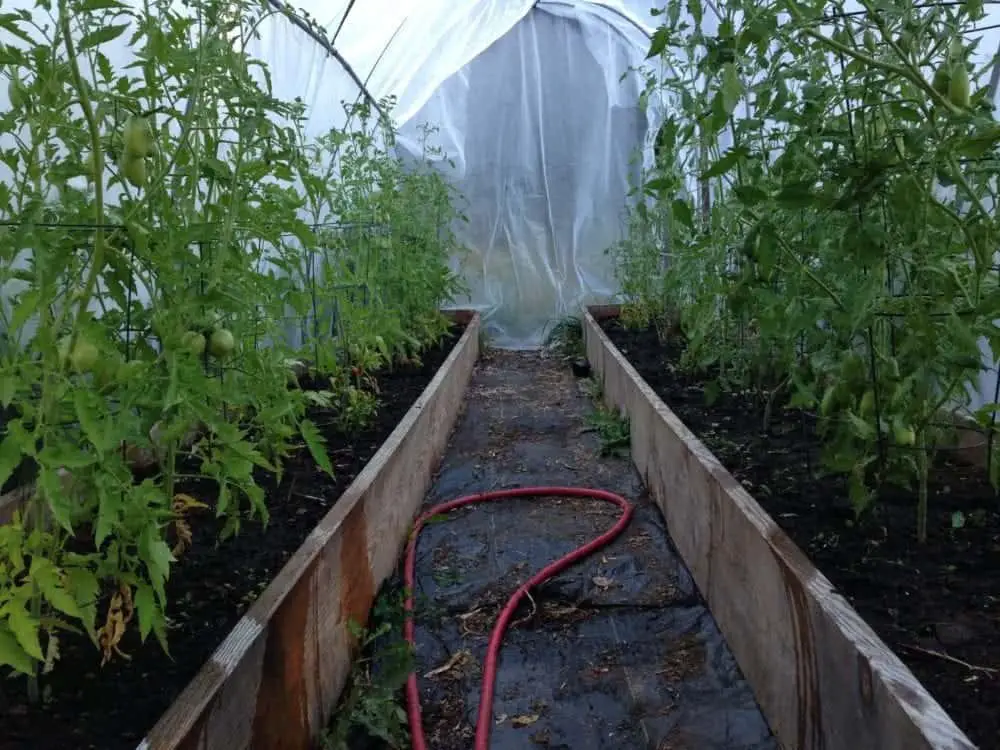 Raised Garden Beds for Beginners
Raised Garden Beds for Beginners
If you have the space to plant a garden there are a few different garden beds. Raised garden beds are really nice, but ground level can be great too. Here are some different garden beds and how to grow in them.
Garden Planning for Beginners
You won’t get far gardening without some garden planning. It really helps to take notes and write down any mistakes you made by keeping a garden journal. You need to keep track of when to sow your seeds indoors or out. You also need to make notes of what crops go into which garden beds. I created a printable garden planner which is really handy for keeping track of your garden.
Here are some posts on garden planning
- Garden Planning: 60+ Tips to Grow your Best Garden
- Garden Planting Schedule for Sowing & Transplanting
- Homestead Planner and Record Keeping
- Botanical Planner for Herbalists
- Vegetable Garden Planner to Plan a Fantastic Garden
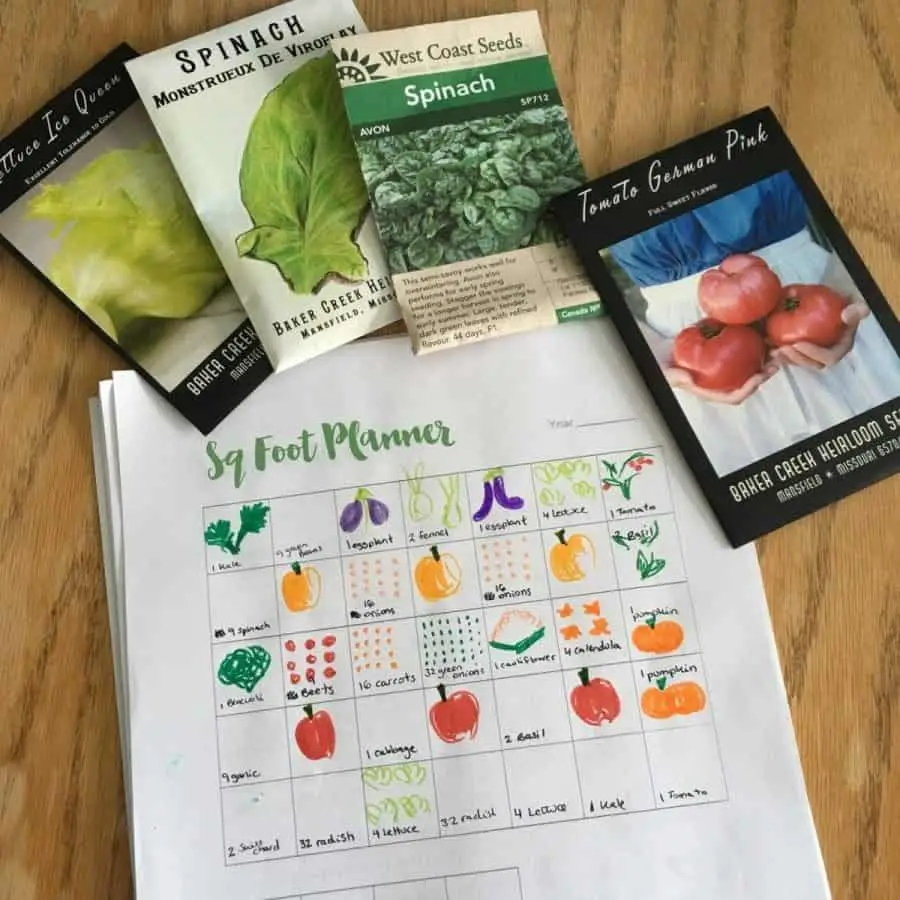
When you grow your first garden, you will make mistakes.
Making mistakes gardening is one of the best ways to learn. Although it can feel a little disheartening when your garden fails and you want to give up, please keep on growing. It will take some time for your to learn what garden pests you have in your garden or area, and to problem solve any soil problems.
Just know there’s a lot of gardening tips to learn and you can grow a larger garden over time as your gardening skills over time.
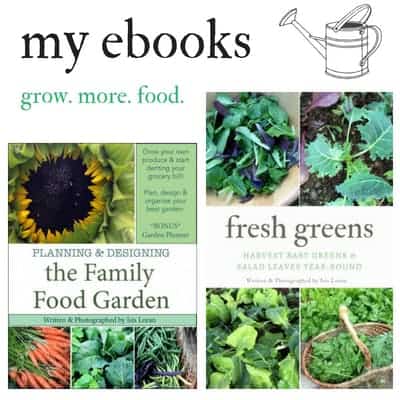
I hope this post helped! I also have some garden books in case you’d like to learn more.
